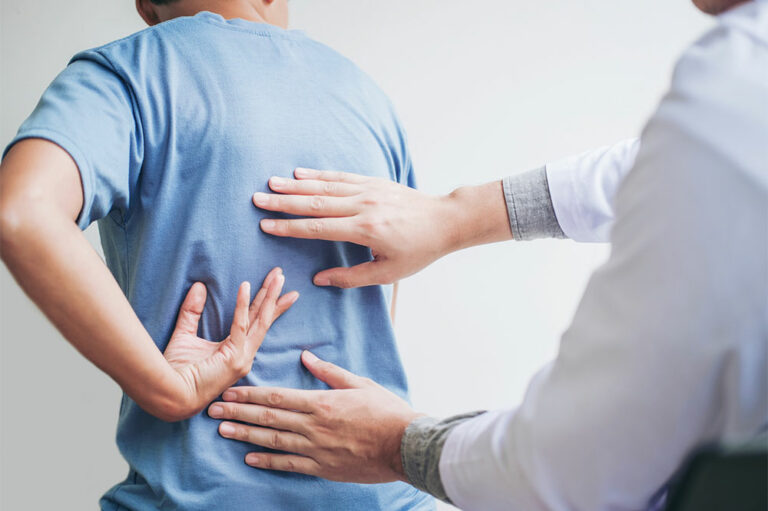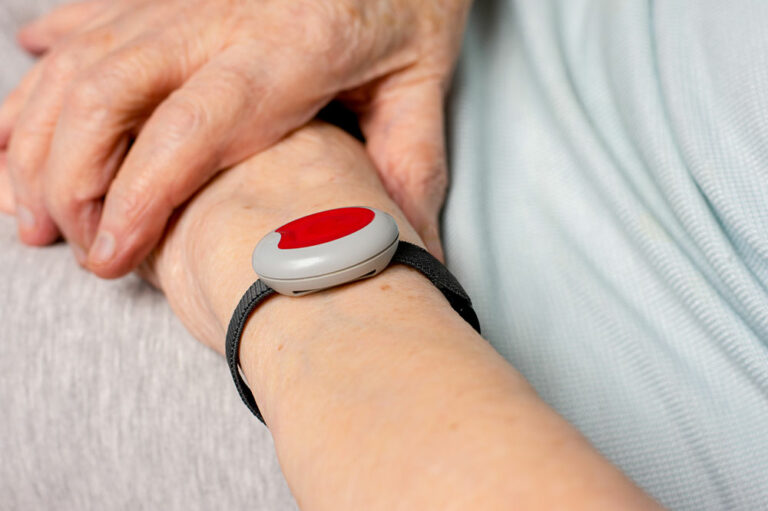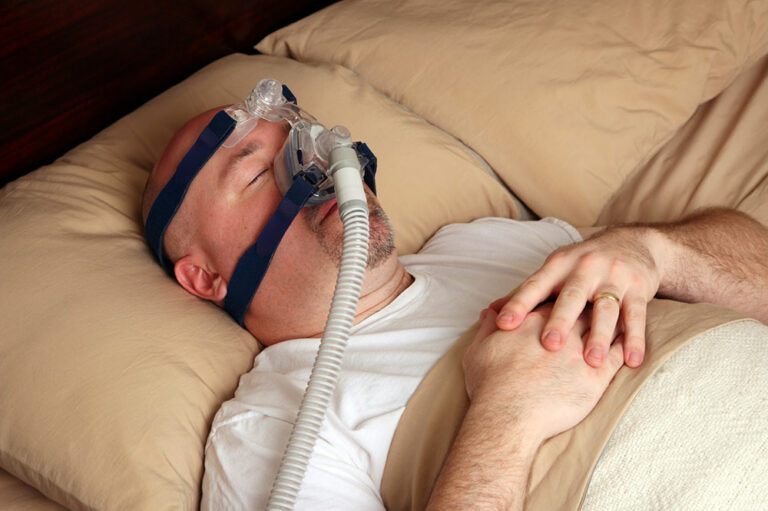
11 signs of chronic kidney disease
Chronic kidney disease, or CKD, is a severe condition that can lead to an eventual loss of kidney function over several years. The kidneys’ main function is to filter out toxins and maintain a balance of fluid and electrolytes. So, when the organ is affected by chronic kidney disease, one may notice symptoms arising from this imbalance. Recognizing the signs and symptoms at an early stage is crucial for effective and timely treatment. Dry and itchy skin One of the many functions of the kidneys is to maintain the right balance of minerals and electrolytes in the body. So, their ability to maintain this balance can take a hit when they are affected by the disease. An imbalance of minerals in the body can cause the skin to feel dry and itchy. Sometimes, the itchiness may become unbearable, so the individual may even find it difficult to sleep. This sign is usually noticed in the advanced stages of the chronic kidney disease. Blood in the urine Kidneys are very important for filtering toxins from the body via urine. In that process of making urine, kidneys make sure that they do not filter out blood cells. So, when the kidneys are affected by chronic kidney disease, their ability to keep blood cells in the body can be affected.
Read More 





